No products in the cart.
Is Scuba Diving Dangerous?
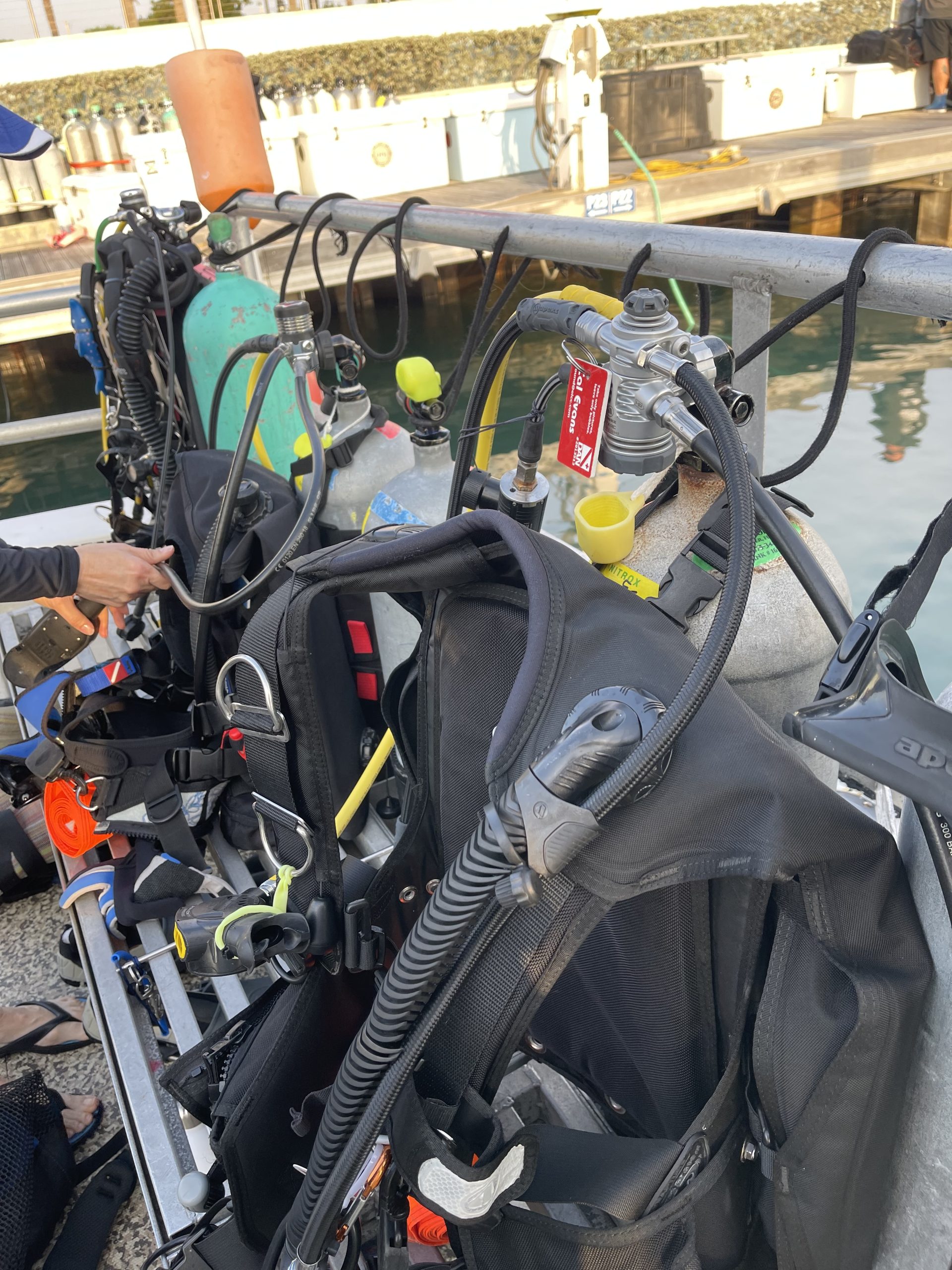
“Scuba diving is as safe as you make it.”
Rob “Professor Nitrox” Peters
When it comes to scuba diving, one question often lingers in the minds of newcomers: Is scuba diving dangerous? Let’s unpack the answer to that so that you can have a better understanding of the risks involved in scuba diving and the precautions you can take to ensure a safe and enjoyable underwater adventure.
The Importance of Training
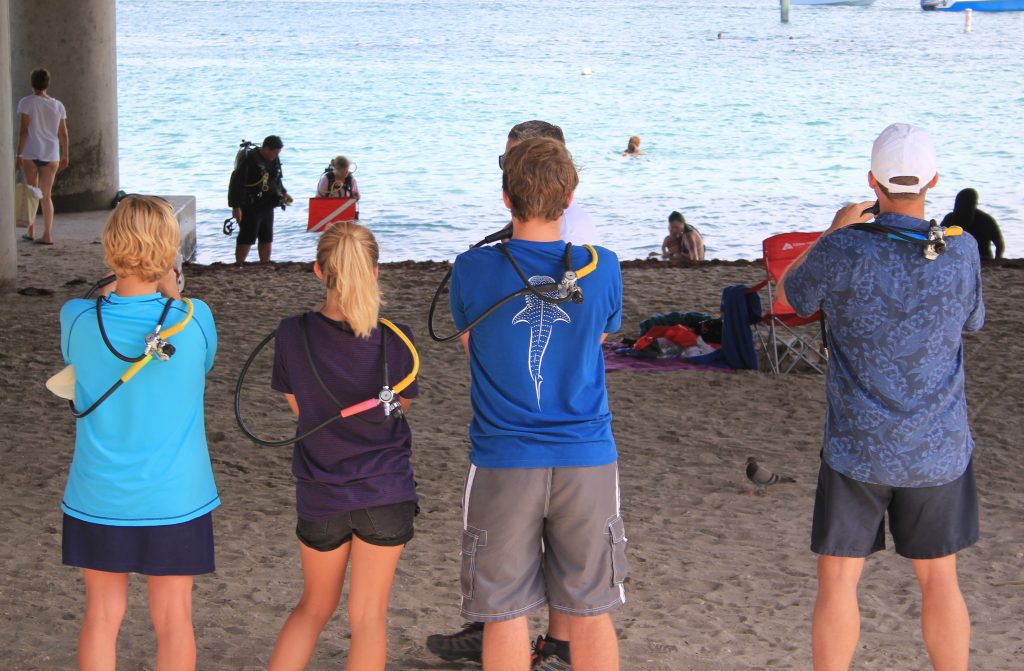
When it comes to exploring the underwater world, having the necessary knowledge, skills, and certifications is important.
Scuba diving is an activity that involves unique challenges and potential risks. That’s why it’s essential to undergo comprehensive training from certified dive instructors or agencies. These training programs cover various aspects of scuba diving, including theoretical knowledge, practical skills, and safety protocols.
During your scuba diving training, you’ll learn about the fundamental principles of diving physics, physiology, and equipment operation. Understanding how water pressure affects your body and the use of dive gear will enable you to make informed decisions underwater. You’ll also become familiar with dive planning, emergency procedures, and communication techniques, ensuring that you’re well-prepared for any situation that may arise. All of these help you plan and execute safe scuba dives.
Agencies like PADI (Professional Association of Diving Instructors) provide internationally recognized certifications that demonstrate your competence as a diver. These certifications indicate that you’ve met specific training requirements and have the necessary knowledge and skills to dive safely. They also open doors to more challenging dive sites and allow you to participate in organized dive trips or join dive communities worldwide.
Understanding Dive Planning and Preparation
All scuba divers know the saying “Plan your dive, dive your plan.” That is because certified divers know the importance of planning and preparation help mitigate the risks that scuba diving will be dangerous.
Plan Your Dive, Dive Your Plan
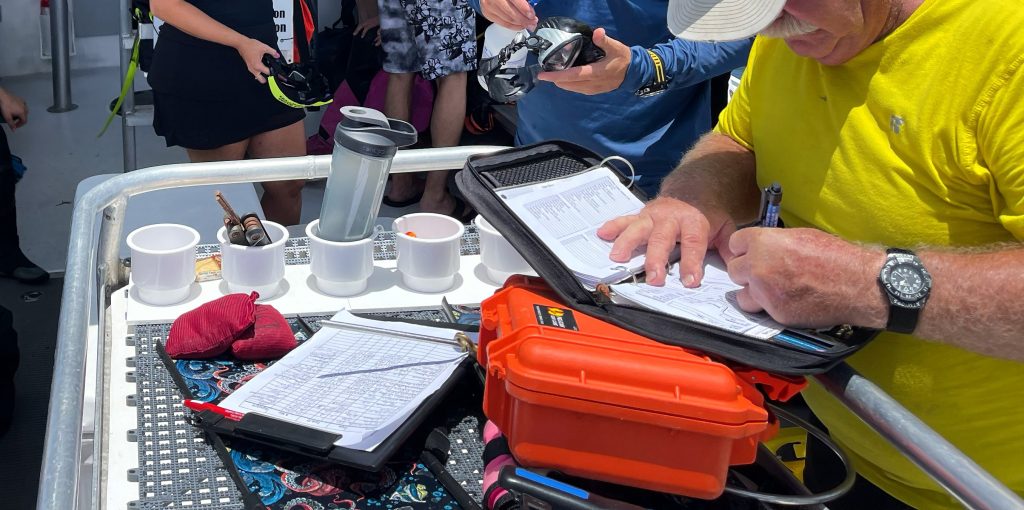
Dive planning starts with assessing various factors, such as the dive site’s conditions, including water temperature, visibility, and currents. Understanding these conditions helps you determine if they are suitable for your skill level and comfort. It’s important to choose dive locations that align with your capabilities and experience.
Additionally, evaluating your own physical and mental readiness is essential. Scuba diving requires a certain level of physical fitness and mental focus. It’s important to be in good health, free from any medical conditions that may pose risks during diving. Consulting with a dive professional or undergoing a medical evaluation can provide the necessary assurance of your fitness for diving.
During the dive planning process, you’ll also consider logistics and equipment preparation. This includes checking and maintaining your scuba gear, ensuring that it’s in proper working condition. Inspecting your dive equipment, including the regulator, buoyancy control device (BCD), and dive computer, is crucial to ensure their reliability and functionality underwater. Appropriately fitting wetsuits, masks, and fins also contribute to your comfort and safety during the dive.
Set Objectives for the Dive
Furthermore, dive planning involves establishing dive objectives, setting depth and time limits, and creating a contingency plan for potential emergencies. Understanding and adhering to dive tables, dive computer algorithms, or nitrox considerations (if applicable) play a vital role in managing your bottom time and preventing decompression sickness.
Equally important is communicating with your dive buddy or dive group, establishing hand signals and emergency procedures, and discussing the dive plan collectively. This shared understanding and communication contribute to a safer and more enjoyable diving experience.
Remember, safety should always be the top priority when scuba diving. Taking the time to plan and prepare adequately significantly reduces the likelihood of accidents and unforeseen circumstances underwater. It allows you to focus on the beauty and wonders of the marine environment, knowing that you’ve taken the necessary precautions to ensure a safe and memorable dive.
Get the Proper Gear
Scuba diving equipment plays a vital role in minimizing risk of scuba diving being dangerous. Your scuba diving equipment is designed to enhance your safety and mitigate the risks associated with diving. Understanding the different components of scuba gear, how to properly maintain them, and conducting regular safety checks are crucial steps in ensuring a safe diving experience.
Your Regulator
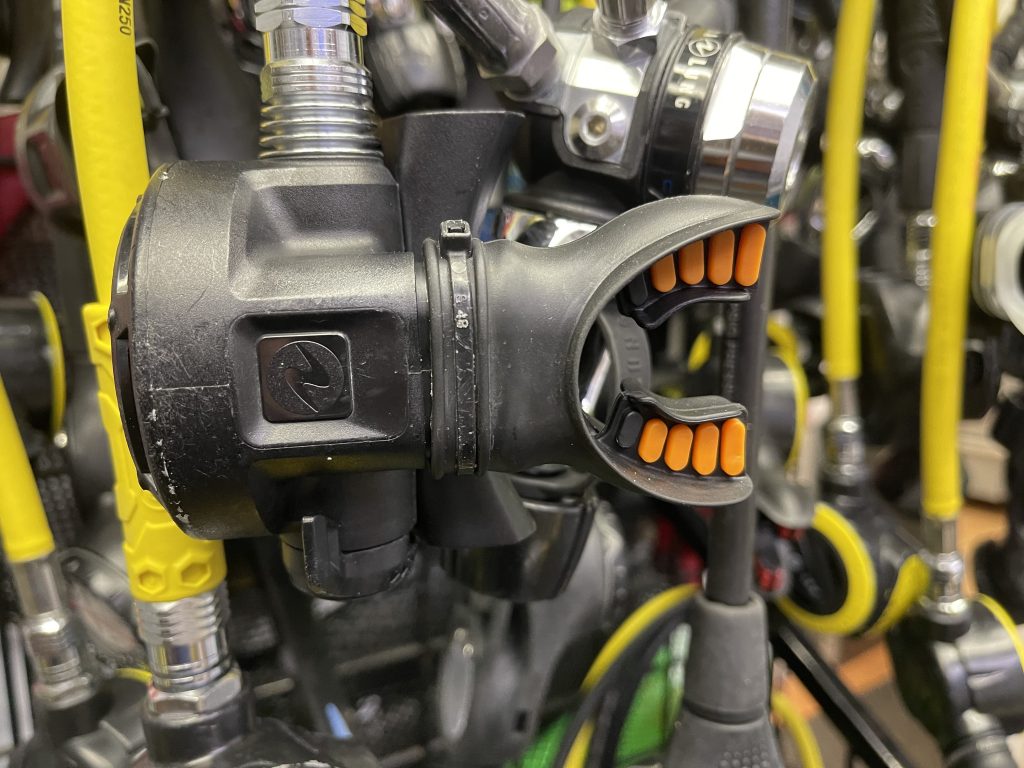
One of the key components of scuba diving equipment is the regulator. The regulator allows you to breathe underwater by reducing the high-pressure air in the tank to a level that is suitable for inhalation. It consists of a first stage, which attaches to the tank valve, and a second stage, which includes the mouthpiece. Regularly inspecting the regulator for any signs of damage or malfunction, such as leaks or difficulty breathing, is essential. Performing routine maintenance, including proper cleaning and servicing by a certified technician, ensures its reliability and optimal performance.
Your BCD
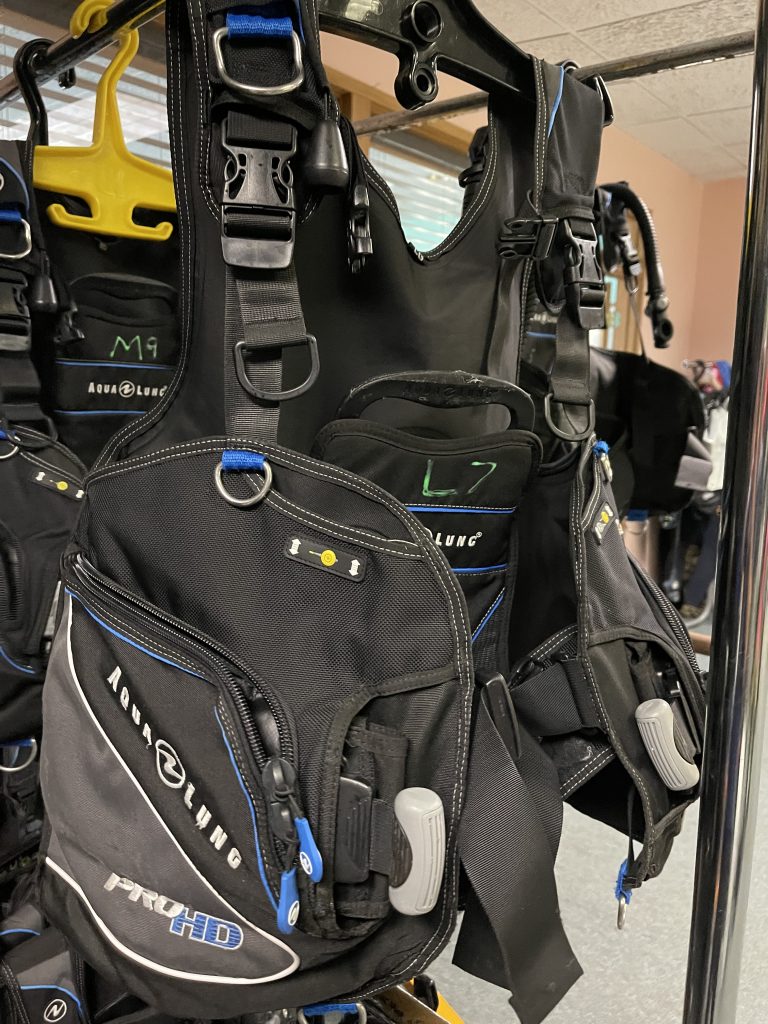
The buoyancy control device (BCD) is another critical piece of scuba gear. It allows divers to control their buoyancy by adjusting the amount of air in the BCD bladder. Regularly inspecting the BCD for any signs of wear, checking the inflator and exhaust valves, and ensuring proper functionality is vital. Understanding how to use the BCD effectively, including proper inflation and deflation techniques, is essential for maintaining buoyancy control and a safe ascent and descent during dives.
Your Dive Computer
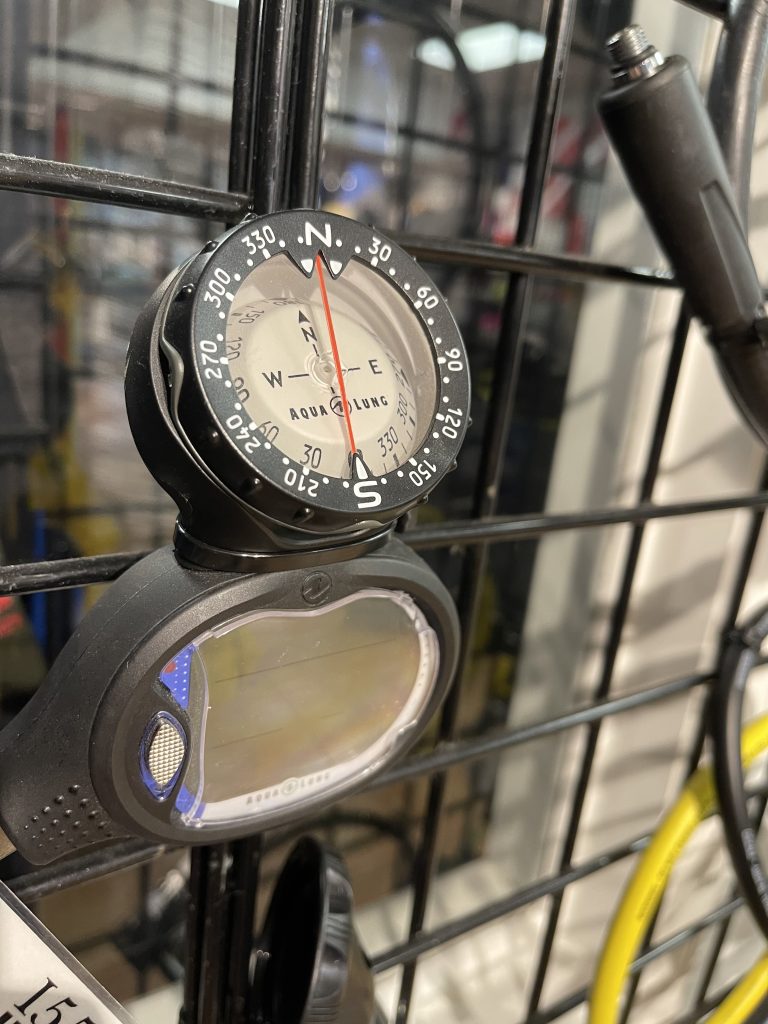
Dive computers are invaluable tools for monitoring dive profiles, tracking dive times, and calculating decompression limits. These devices provide real-time information on depth, time, and ascent rates, helping divers to stay within safe limits. Regularly checking the battery life, ensuring proper programming and settings, and understanding the readings and alerts provided by the dive computer is critical for safe diving practices.
The Rest of Your Gear
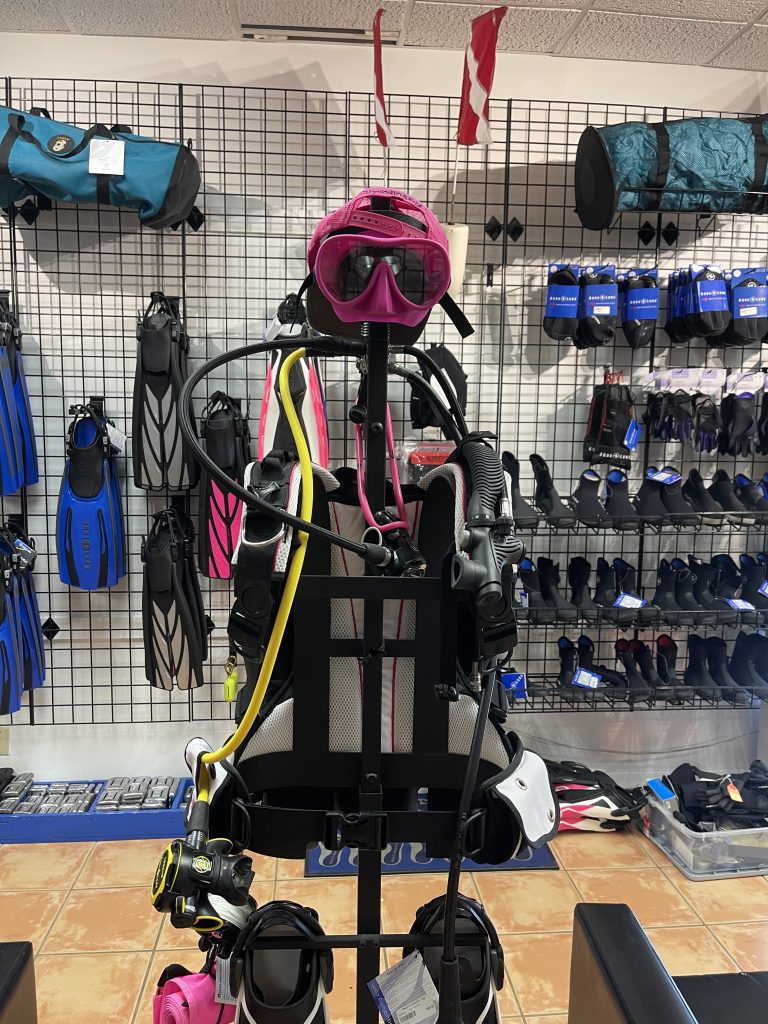
In addition to these primary components, other scuba gear, such as wetsuits, masks, fins, and dive lights, also contribute to safety and comfort underwater. Wetsuits provide thermal protection, while masks enable clear vision and a proper seal. Fins aid in propulsion and maneuverability, and dive lights enhance visibility in low-light environments. Ensuring these pieces of equipment fit properly, are in good condition, and are suitable for the dive conditions is essential for a safe and enjoyable dive.
Health Considerations and Dive Fitness
A key aspect of making sure that scuba diving is not dangerous is understanding the impact of health on dive performance.
When it comes to scuba diving safety, recognizing the influence of health on dive performance is of utmost importance. Your physical and mental well-being directly affects your ability to handle the underwater environment and navigate potential challenges that may arise during a dive.
Stay Fit
Before engaging in any scuba diving activity, it is essential to evaluate your overall health and ensure that you are in suitable condition to participate. Certain medical conditions, such as respiratory disorders, heart conditions, and ear problems, may pose risks or limitations for diving. Consulting with a qualified medical professional, preferably one experienced in dive medicine, is highly recommended to assess your fitness for diving.
Maintaining a good level of general fitness is beneficial for scuba diving safety. Engaging in regular exercise routines that enhance cardiovascular endurance, strength, and flexibility can help improve your ability to handle the physical demands of diving. It is especially important to focus on strengthening the muscles used in diving, such as the core, legs, and arms, as they play a crucial role in maintaining buoyancy, maneuverability, and overall control underwater.
State of Mind
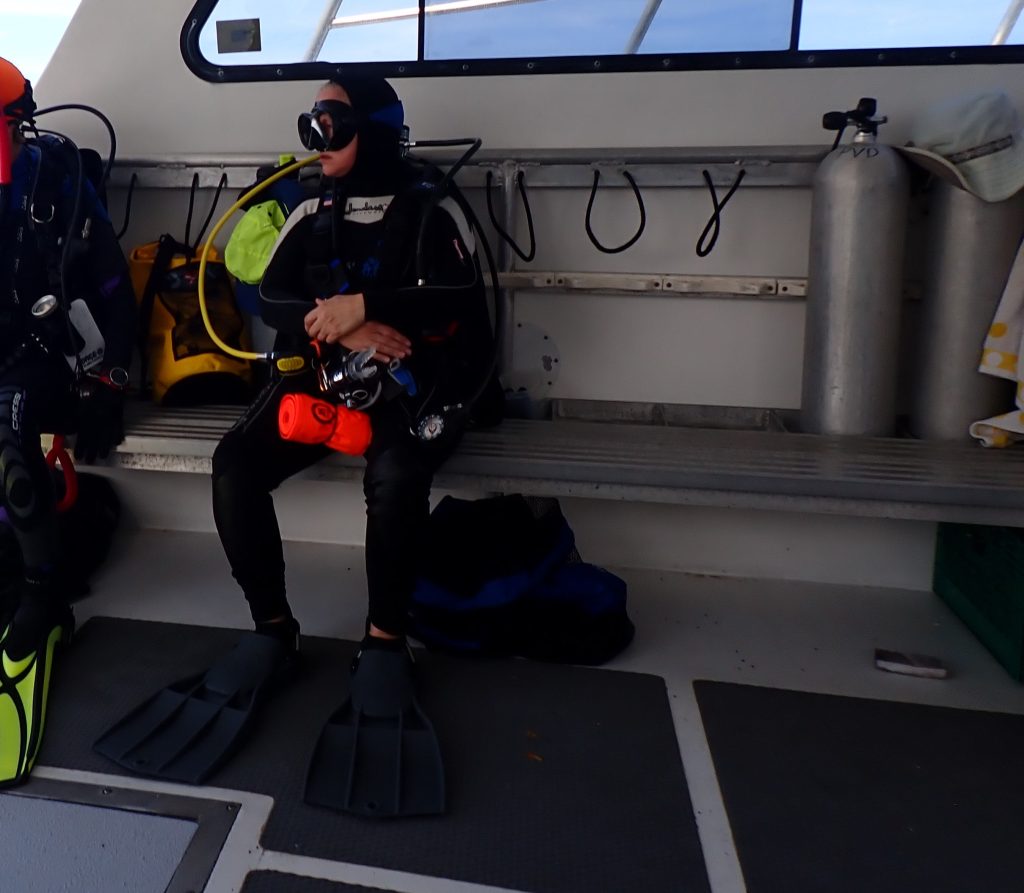
In addition to physical health, mental well-being is equally significant for safe diving. Being in the right state of mind is essential to make sound decisions, manage stress, and handle potential challenges underwater. It is crucial to ensure that you are free from any factors that may impair your judgment or concentration, such as the influence of alcohol, medications that cause drowsiness, or extreme fatigue. Addressing any existing mental health concerns and maintaining a positive mindset is essential for a safe and enjoyable dive.
Stay Hydrated
Furthermore, proper hydration and nutrition are essential for diving safety. Staying hydrated before, during, and after a dive helps prevent dehydration, which can lead to fatigue, impaired judgment, and increased susceptibility to decompression sickness. To help preserve the planet and reduce the plastics in the ocean, always carry a reusable water bottle with you when you are diving. Most commercial dive boats carry water coolers on board where you can refill them.
The Effects of Pressure
Understanding and managing the potential effects of pressure on the body is another vital aspect of scuba diving safety. Changes in pressure can have various impacts on the ears, sinuses, and other air spaces within the body. Equalizing pressure during descent and ascent is crucial to prevent discomfort and potential injuries, such as barotrauma. Learning proper equalization techniques, such as clearing your ears and sinuses, is essential for safe diving.
Dive Your Limits, Dive Your Training
Lastly, being aware of your personal limits and diving within your training and experience level is crucial for safe diving practices. It is important to recognize and respect the potential hazards associated with different dive environments, depths, currents, and visibility conditions. Gradually advancing your skills and knowledge through appropriate training and certifications allows you to expand your diving capabilities safely.
Environmental Awareness and Conservation
Beyond personal safety, scuba divers have a responsibility to protect the underwater environment.
When discussing how to ensure that scuba diving is not dangerous, it is essential to consider not only personal well-being but also the protection of the underwater environment. As scuba divers, we have a unique opportunity to explore and witness the breathtaking beauty of the underwater world, but with that privilege comes the responsibility to be stewards of the marine environment.
Take only pictures, leave only bubbles.
One of the fundamental principles taught to most new scuba diving is to “take only pictures, leave only bubbles.” This means that we must strive to minimize our impact on the underwater ecosystem and preserve its delicate balance. By practicing responsible diving techniques and adhering to proper buoyancy control, we can avoid damaging or disturbing marine life and their habitats.
Maintain Buoyancy Control
A significant aspect of protecting the underwater environment is maintaining good buoyancy control. Proper buoyancy not only contributes to dive safety but also helps prevent accidental contact with the fragile coral reefs, seagrass beds, or other sensitive marine organisms. By mastering buoyancy control through proper weighting, controlled breathing, and streamlined movements, we can minimize the risk of unintentional damage.
Respecting marine life and their habitats is another crucial element of responsible diving. As divers, we have the privilege of encountering a diverse array of marine species, from vibrant tropical fish to majestic sea turtles and mesmerizing coral formations. It is vital to maintain a safe distance from marine life, avoiding any actions that could disrupt their natural behavior or cause harm. Touching or chasing marine creatures, collecting shells or coral, or removing any marine life from its natural environment should never be practiced.
Participate in Conservation Efforts
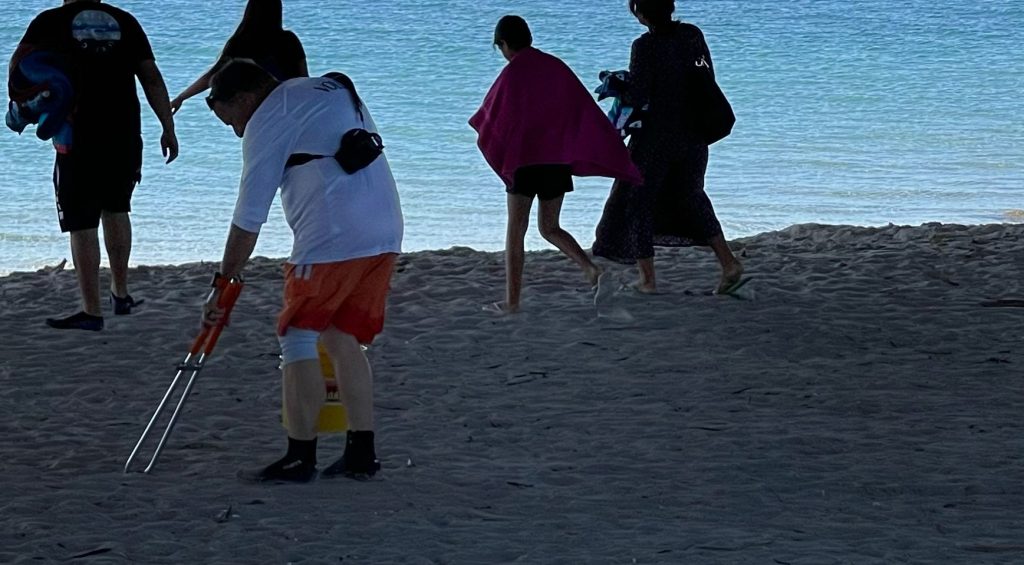
In addition to personal conduct, scuba divers can contribute to the preservation of the underwater environment through involvement in conservation efforts. Participating in underwater clean-up initiatives, volunteering for coral reef restoration projects, and supporting marine conservation organizations are ways to actively contribute to the protection of marine ecosystems. By engaging in these activities, divers can make a positive impact and help safeguard the beauty and biodiversity of the underwater world for future generations.
Furthermore, staying informed about local regulations, protected areas, and best practices for diving in specific environments is crucial. Different regions may have specific guidelines to ensure the preservation of their unique marine ecosystems. By educating ourselves about these guidelines and respecting the rules in place, we can actively contribute to the conservation of the underwater environment.
Wrap Up
As Professor Nitrox said, scuba diving is as safe as you make it. If you invest in the proper scuba training and certifications, the proper gear, maintain your health, and respect the environment, then no, scuba diving is not dangerous. You as a contentious diver can make sure that you dive each dive safely, but it is up to you. Scuba diving can be an incredibly rewarding and safe activity when approached with knowledge and caution. By following these concepts, it doesn’t matter if you are diving in a lake or quarry, off your favorite dive boat, or a shore dive like the beautiful Blue Heron Bridge, you can dive safely, and dive confidently.